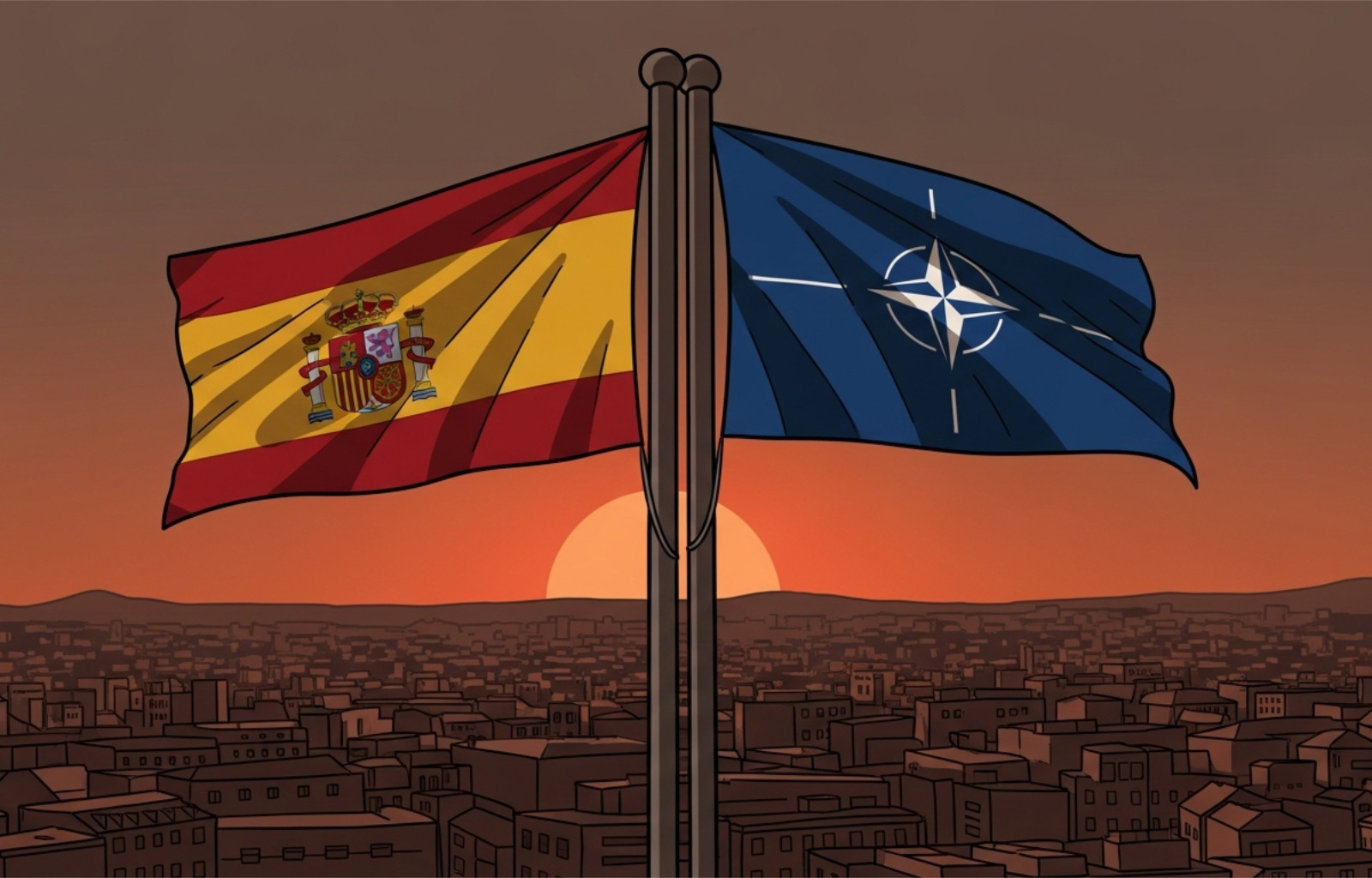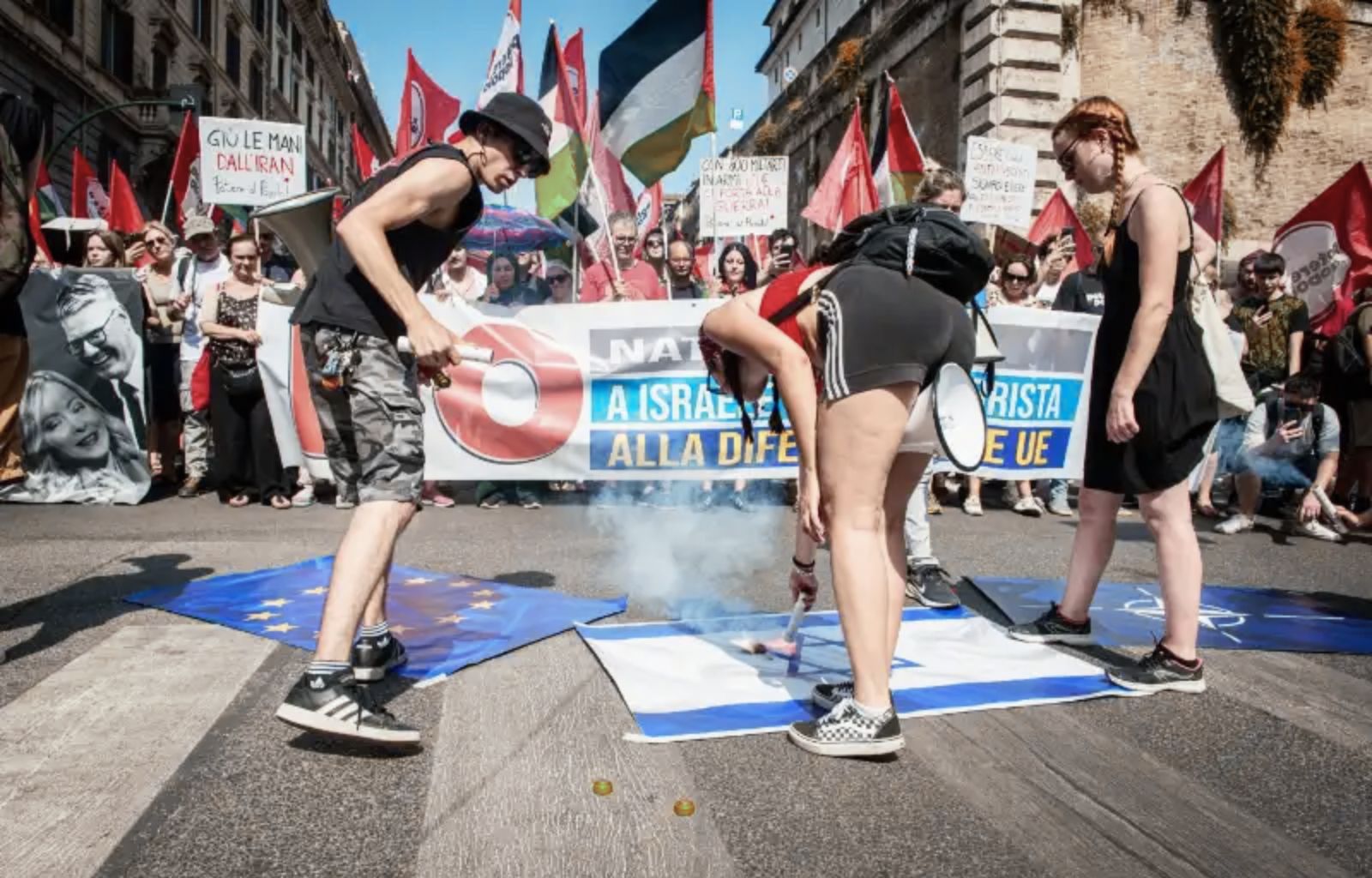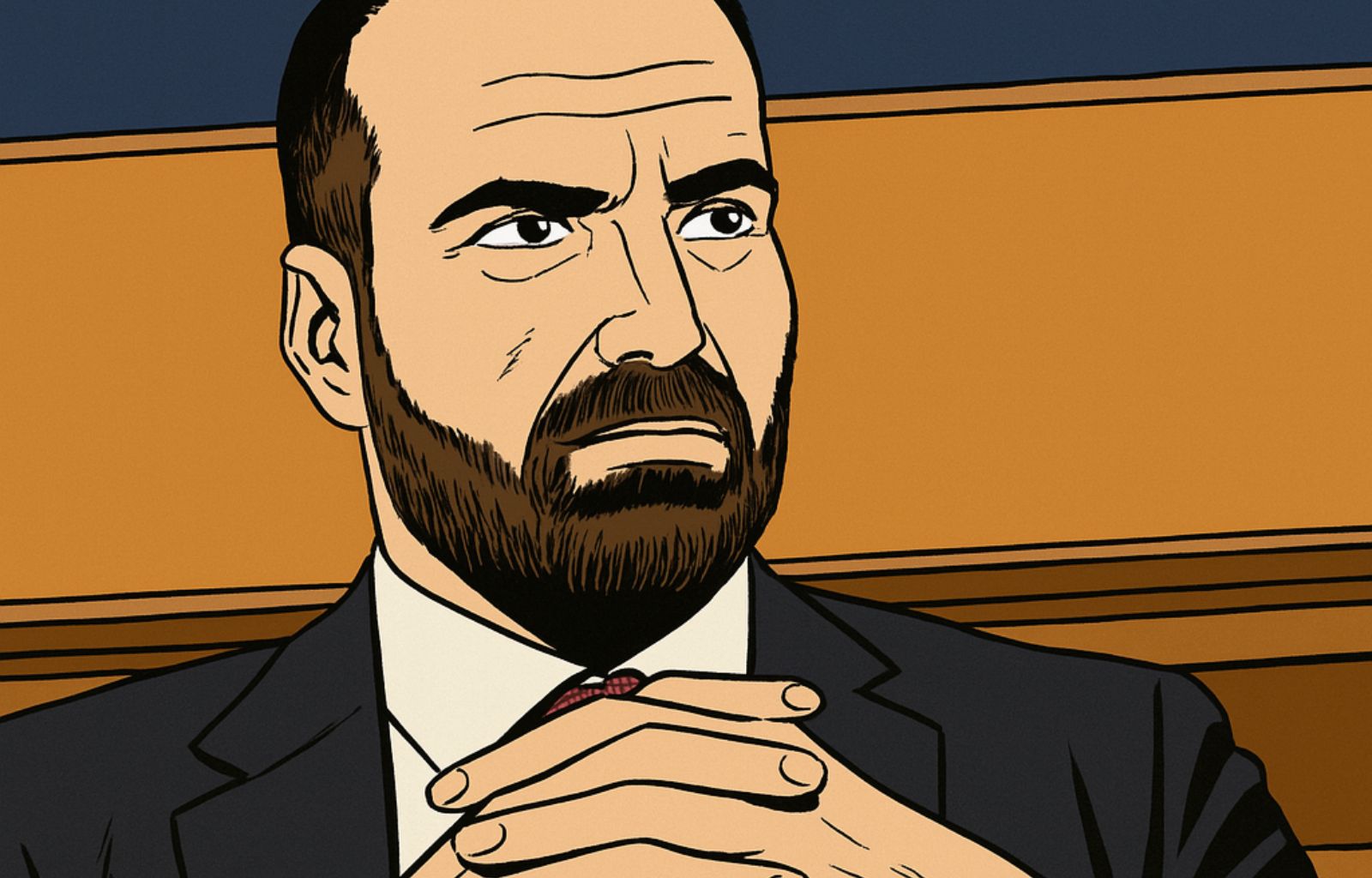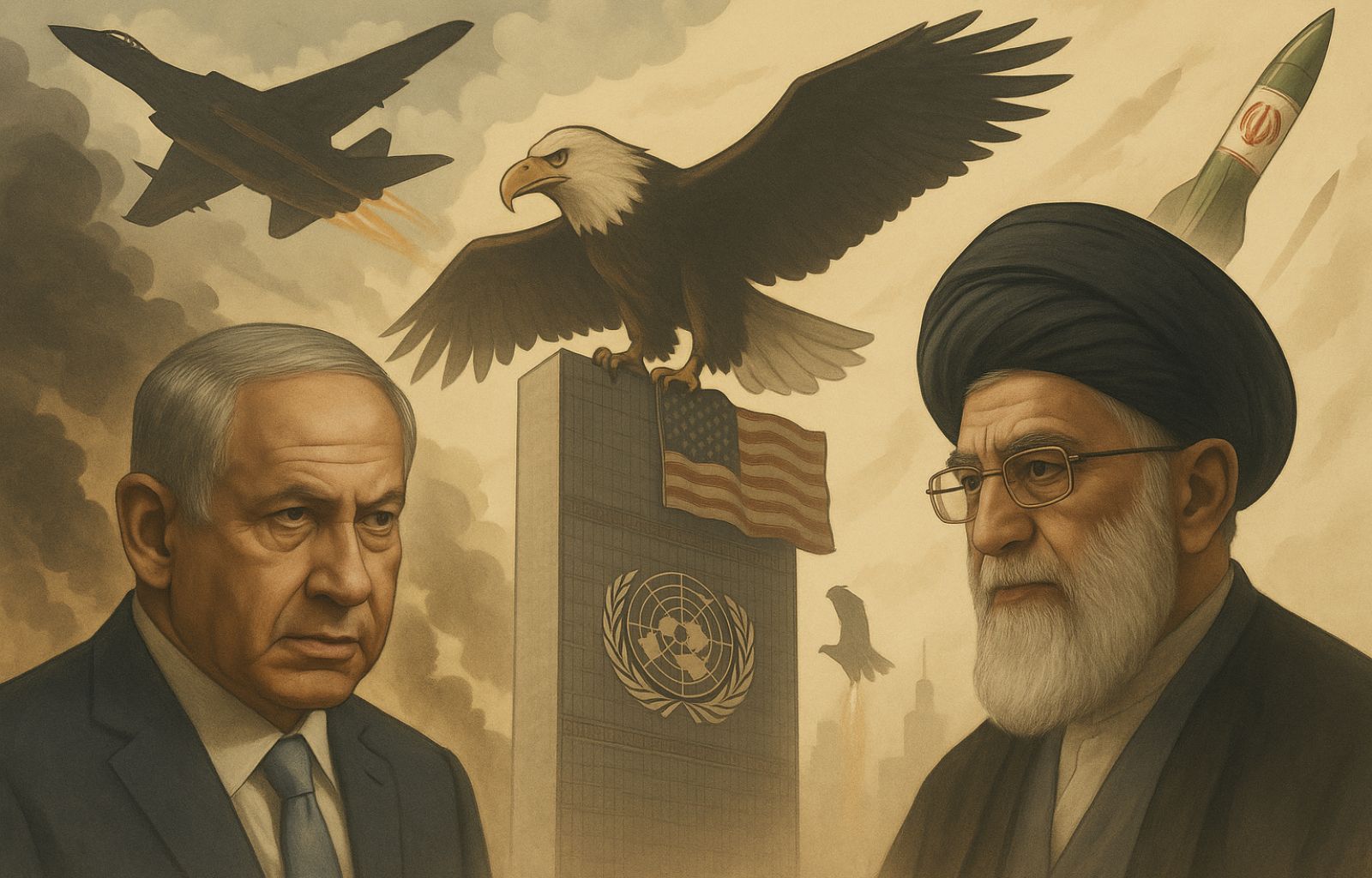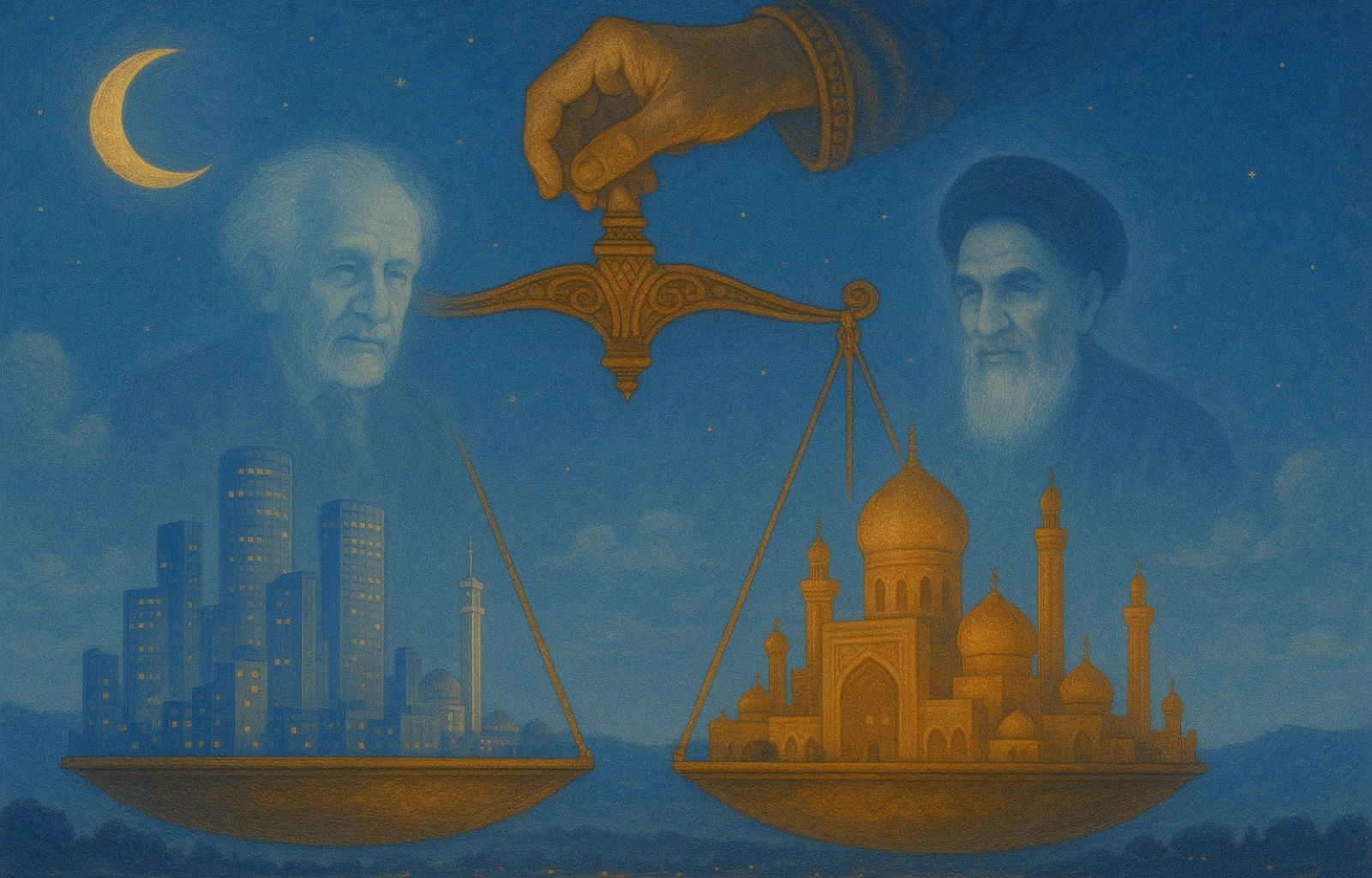After the 12-day war: Israel, Iran, the US and the theatre of deterrence

In the changing landscape of international relations, the conflict between Israel and Iran in the summer of 2025 represented a symbolic and operational caesura in the Middle East theatre. More than a real war, it was a crisis with a high communication density, where military action was integrated and almost subordinated to the construction of a strategic narrative. It was a hybrid and spectacular war, not so much for the weapons employed but for its ability to condense symbols, messages and perceptions into a very short space of time: twelve days.
In this context, the intervention of the United States, orchestrated by a Donald Trump at the height of his communicative expressiveness, has highlighted a profound mutation in the forms of power projection: war is no longer merely the extension of politics by other means, but an evolved form of strategic communication, of global theatre where the main actors play roles calibrated for multiple audiences.
Israel sought to reassert its military supremacy and reaffirm its pre-emption doctrine, fearing that Tehran might exceed the critical threshold of uranium enrichment. Iran, for its part, had to show that it knew how to respond, while maintaining control of its internal vulnerability. Finally, the United States responded to yet another call from Tel Aviv, while attempting to limit escalation and maintain a balance between deterrence and disengagement.
The ’12-day war’ was thus much more than a mere flare-up of war: it was an experiment in symbolic force management, a test-bed for a new geopolitical grammar in which performance counts as much as – if not more than – the actual military effect. The following article aims to analyse the dynamics of this conflict through two main lenses: on the one hand, Israel’s strategies and the resilience of its pre-emptive logic; on the other, the Trumpian model of theatrical diplomacy, between hyper-personalised communication and choreographic deterrence.
Israel’s calculations and the boomerang effect of the pre-emption
The Israeli doctrine of strategic pre-emption – designed to neutralise existential threats before they become operational – is one of the historical cornerstones of the Jewish state’s national security. This principle, inherited from iconic operations such as the attack on the Iraqi Osirak nuclear reactor in 1981 and the Syrian Deir ez-Zor site in 2007, was applied again in the June 2025 offensive against Iran. The Netanyahu government’s operational conviction was clear: the Islamic Republic was crossing the ‘grey zone’ separating a civil nuclear programme from a military one, and the breakout threshold – the technical ability to build a nuclear device in a matter of weeks – was approaching dangerously.
From this perspective, the air raids on key sites like Isfahan, Natanz and Parchin had an eminently deterrent, not destructive, function. The intent was not only physical – i.e. damaging sensitive infrastructure – but also psychological and strategic: reaffirming Israeli operational superiority, demonstrating the penetration of its intelligence into Iran’s inner workings, and sending a clear message to Tehran and regional actors. However, this operation clashed with a more complex operational reality.
According to US intelligence assessments, informally shared with NATO partners and filtered through the international press, the effectiveness of the attacks was operationally contained. In particular, movements of nuclear materials in the hours before the bombing were identified, leading to the disappearance of about 400 kg of 60% enriched uranium. The timing and logistics of the transfer lead one to suspect either advance notice received through indirect diplomatic channels or particularly acute advance intelligence on the Iranian side.
Defensively, Israel has demonstrated an interception capability of more than 90 per cent against Iranian missiles – a figure that reflects the effectiveness of the Iron Dome, David’s Sling and Arrow 3 combination, but which raises questions about the long-term sustainability of such an operational tempo in the event of a protracted conflict. The Israeli Armed Forces have operated promptly, but the pressure on logistical reserves, chain of command and internal political support risks becoming untenable in future escalation scenarios.
At the systemic level, the strategic dividend for Israel is therefore ambiguous. While the ability to strike with surgical precision has been confirmed, the Iranian reaction has activated destabilising dynamics: the suspension of cooperation with the IAEA, the possible exit from the Nuclear Non-Proliferation Treaty (NPT), and a renewed internal legitimacy of the military nuclear programme as a form of ‘final’ deterrence.
The boomerang effect of the pre-emption is, in this sense, as much political as it is strategic: the military action has not defused the threat, but has redefined it, intensifying the Iranian race to the critical threshold and exposing the limits of a preventive approach unsupported by a credible and multilateral diplomatic framework.

Trump and the new art of theatrical warfare
The US response to the Israeli-Iranian conflict has revealed a radically new grammar of warfare, strongly influenced by the personality and communication style of President Donald Trump. The airstrike on the Fordow, Natanz and Isfahan sites, formally conceived as a precision operation against nuclear targets, was in fact a sophisticated example of concerted escalation. American performance diplomacy followed a consistent script: give Tehran advance notice, allow the strategic sites to be cleared, launch the attack, and finally declare victory.
The operation benefited from confidential communication channels – Oman, Qatar, and indirectly Switzerland – to synchronise the phases of the confrontation. Thus, Iran was able to warn Doha of the launching of its 19 missiles towards the US base of al-Udeid, and Doha passed the message on to Washington: the base was evacuated, the missiles intercepted, the damage nil. A symbolic aggression, calibrated to fall into the category of ‘demonstration strike’.
In parallel, Trump conducted a skilful narrative direction: coming out of the Situation Room, he called Netanyahu to impose a stop to the bombing and sent negotiator Steve Witkoff to contact Iranian Foreign Minister Abbas Araghchi. The following day, he announced the ceasefire via Truth, declaring an end to the war and proclaiming himself guarantor of regional stability.
This modus operandi fully embodies the dictates of his famous book ‘The Art of the Deal’: negotiation is not just a matter of content, but of narrative, frame and perception of power. Trump has applied brand logic to foreign policy: hit hard, amplify the gesture, cash in on the media dividend and declare victory. War, in this frame, is transformed into a media performance for the benefit of the electoral base and international interlocutors.
However, this approach produces paradoxical consequences. The spectacularisation of the war, and above all the fact that its symbolic coordinates have been made manifest – with advance warnings, evacuated attacks, intercepted missiles – risks undermining the very thing it is intended to strengthen: deterrence. In a geopolitical environment such as the Middle East, where the perception of the credibility of the threat is decisive, revealing that the clash was largely staged reduces the intimidating effectiveness of future force projections.
Trump’s art is thus theatrical but also hyper-transparent, and this strategic transparency is a double-edged sword. On the one hand, it allows each actor to save face; on the other, it exposes the fictional dimension of muscular diplomacy, suggesting that the rules of the game are known, shared and, therefore, manipulable.
This dynamic is reminiscent of the codes of behaviour of the superpowers in the Cold War, but reinterprets them in a populist and hypermediated key. The difference is that crisis management does not aim to stabilise an order, but to reinforce the narrative centrality of those orchestrating the sequence. Trump does not want to negotiate a lasting peace: he wants to monopolise the narrative of peace, even
Conclusion
The ’12-day war’ between Israel, Iran and the United States has shown the face of a new operational paradigm: war as performance, diplomacy as directorial improvisation, strategy as personalistic communication. In this model, each actor plays a part for different audiences: Israel for its securitarian voters, Iran for its religious-military apparatus, Trump for his domestic electoral base.
Everyone declared victory. Netanyahu claimed military success; Khamenei showed resilience and compactness; Trump monopolised the narrative with his usual hyperbolic style. But on a structural level, no one really won: Iran’s nuclear programme remains active, Israeli deterrence is exposed to new challenges, and the US risks becoming entangled in a quadrant it wanted to abandon.
The ‘grand illusion’ is that a calibrated attack and an impromptu ceasefire is enough to stabilise a boiling region. But the Middle East 2025 is anything but stable: it is a field of post-imperial tensions, connected to global dynamics ranging from the containment of China to the management of energy resources. Any American intervention in the Middle East theatre is a strategic distraction from the Indo-Pacific game, and any postponement of the Iranian nuclear issue is a strategic debt that will have to be paid sooner or later.
In short, the 12-day war was a pause between two crises, not a solution. A sophisticated fresco of post-strategic leadership, where substance often gives way to staging. But the sands of the Gulf can suffocate even the most skilled illusionists. Geopolitics, the real kind, never forgives narrative shortcuts.

